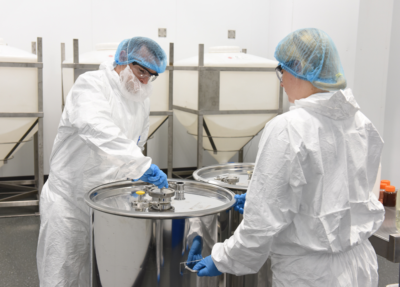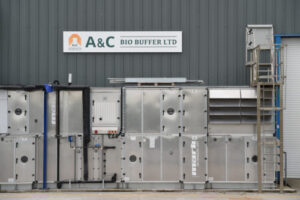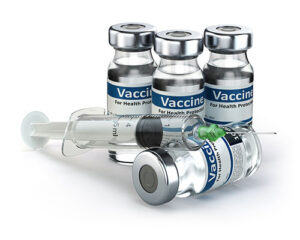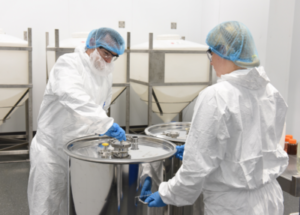What is Formaldehyde
A&C produces a USP 37% formaldehyde solution that is stabilized with methanol while adhering to strict GMP regulations.
When diluted, formaldehyde can be used as a disinfectant, fungicide, and germicide, among other uses. At a concentration of 37%, it can also be used as a fixing agent to fix cells for a range of biological and spectroscopic applications. Gel electrophoresis also uses formaldehyde.
Due of this material’s extremely intriguing qualities, it is used extensively. For example, formaldehyde has a boiling point of -19 °C and is a gas. It has the formula CH2O and dissolves fully in both acetone and water. It easily polymerizes to create paraformaldehyde, an off-white solid that is quite stable and inert and has a linear polymerization up to 100 units long. Formaldehyde in an aqueous solution with 12% methanol added to stop polymerization is the useful form, nevertheless.
Formaldehyde in vaccines
Viral and bacterial vaccinations have long been safely manufactured with formaldehyde. It is used, for example, to detoxify the germs in the diphtheria vaccine or inactivate viruses (like the polio virus in the vaccine) so they can’t spread illness. Despite being hazardous when inhaled, formaldehyde is a naturally occurring gas at low concentrations in the human body. The amount utilized in vaccines is far less than what the human body normally contains in large amounts. As a result, the vaccination doses are regarded as totally safe. Formaldehyde is continuously and successfully processed by our bodies from both what we encounter in the environment and what is produced by our own biochemistry. Therefore, even a very small quantity of formaldehyde injected via vaccination is simply handled by our normal biochemical body processes.
GMP custom packaging
Formaldehyde (37%) is available from A&C in a range of pack sizes. For this material, batch-specific packaging is also an option. Please contact us at info@acggp.com if you require a custom packaging format.





